Williamsburg is a Renovated Reminder of our Colonial Past
The Commonwealth of Virginia, along with the Commonwealth of Massachusetts, are the cradles of English civilization in the New World. Jamestown, Virginia was established in 1607, Plymouth Rock was established in 1620.
Jamestown served as the capital of the Commonwealth of Virginia until the 1676, when the State House was burned during Bacon's Rebellion. The
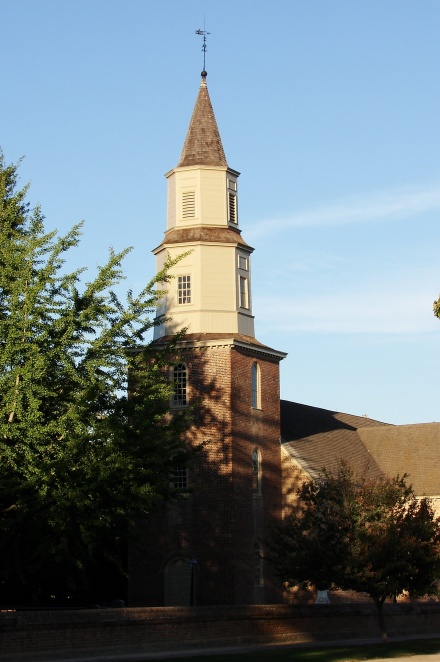
Commonwealth's government was temporarily relocated to Middle Plantation, which would later become the location of the College of William and Mary in 1694, and later the town of Williamsburg would be formed in 1699 here, adjacent to the college, to become the permanent capital after the capitol, located in Jamestown, burned a second time in 1698.
The Virginia House of Burgesses would use Williamsburg until 1780, when the Capital would move to Richmond 55 miles further north and west up the James River for security reasons during the American Revolutionary War. Leading up to the war, and in its early days when the war was mostly fought in the north, Williamsburg became a hotbed of Patriot fervor as they forced the debate to devise Virginia from the colonial clutches of England.
Founding Fathers: Thomas Jefferson, James Monroe, James Madison and George Washington, along with Patrick Henry ("Give me liberty or give me death"), debated the future of their Commonwealth and the proposition of our nation in the taverns, in the halls of the House of Burgesses and along the streets of Williamsburg.
Williamsburg was so important in the history of the United States that when many of the very buildings and homes from that time period began falling into disrepair, the former Episcopal Rector of Bruton Parish Church, the Reverend Doctor W.A.R. Goodwin, became an activist in securing the interest of a group of philanthropists led by John D. Rockefeller of the New York Rockefellers.
The restoration, and in some cases the re-creation, began in late
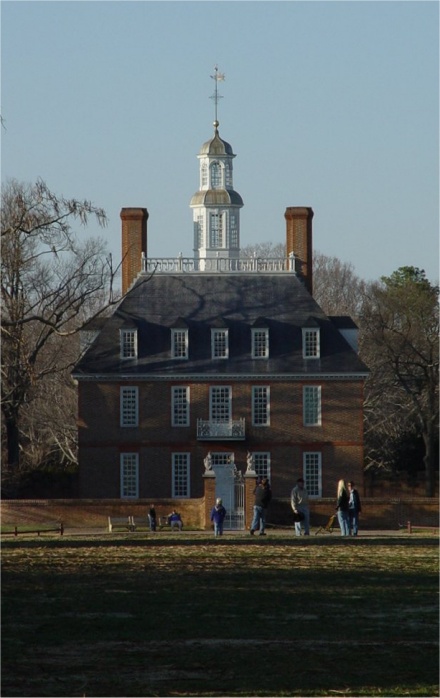
1926., when the group led by Goodwin and J.D. Rockefeller, hired Arthur Shurcliff as the chief landscape architect and Perry, Shaw & Hepburn as architects. Goodwin and Rockefeller quietly purchased property for 18 months until they let their intentions be publicly known.
The intention of this group was to raze many of the structures that predated 1790 and then renovate remaining buildings and then rebuild many of the most important buildings such as the Governor's Palace and the Capitol building. Today the 301 acre historic district is proud representation of these early days in colonial Virginia, with so many restored structures, with many actors dressed in period clothing, the streets of old Williamsburg are alive with the past.
Along the cobbled and dusty streets of old Williamsburg, visitors stroll and interweave with the colonial characters, as the former tour the historic district, and the latter present an accurate perspective of the past through costume and mannerism. The period homes intermingled with shops, community gardens and apothecaries give one the sense of a vibrant community thriving, and through the civic synergies of market and fellowship, continued to exist in spite of the most difficult historical periods.
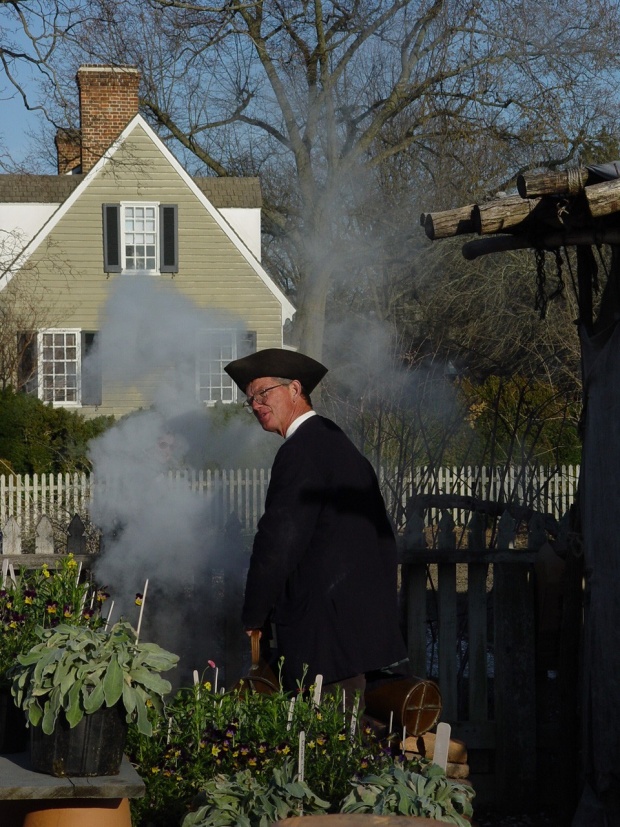
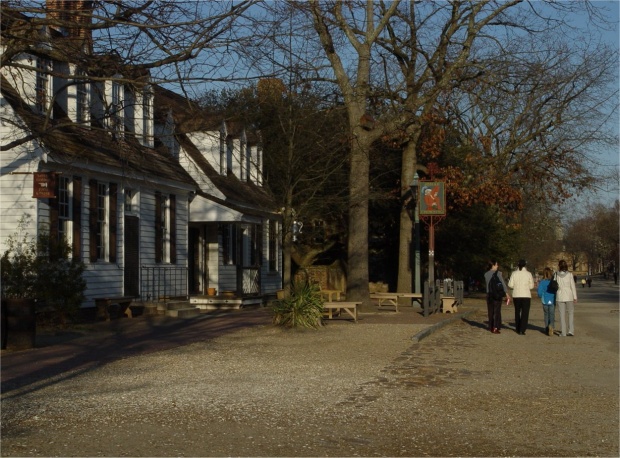
Periods economic adversity has always been tough on any area, but the area of Williamsburg has known more than its share of adversity resulting from the hardships of war. Skirmishes in or around Williamsburg were unabated through the later stages of the war, with last battle of the war fought less than 12 miles away to the north and east at Yorktown, Virginia, when lord Charles Cornwallis surrendered to General George Washington ending the war.
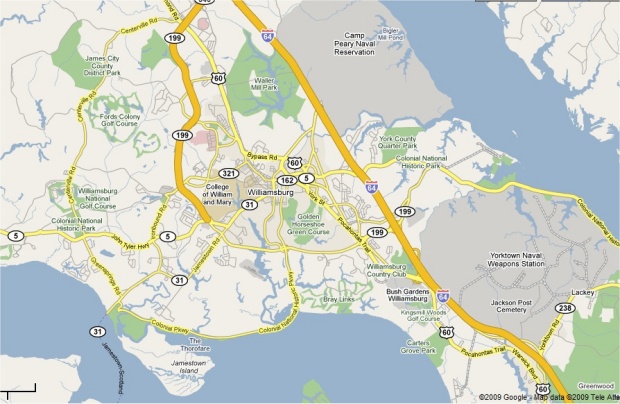 Click on map to to enlarge to a much larger map of southeastern Virginia.
Click on map to to enlarge to a much larger map of southeastern Virginia.
In the American Civil War, battles were fought at many locations on the Virginia Peninsula in the Peninsula Campaign that included all battles from Newport News to Richmond. At Fort Magruder, in Williamsburg, on May 5, 1862, 32,000 Confederate Soldiers encountered 41,000 Union Soldiers as they withdrew to Richmond. The Confederates, under the command of General Joseph E. Johnston, Jubal Early and D.H. Hill, withdrew from the Warwick Line at the Battle of Yorktown in the dead of night and repositioned themselves at the earthen fort. There they held off the Army of the Potomac until they could continue their withdrawal to Richmond. Confederate forces under the command of General James Longstreet and J.E.B. Stuart's cavalry fought valiantly to allow the successful withdraw.
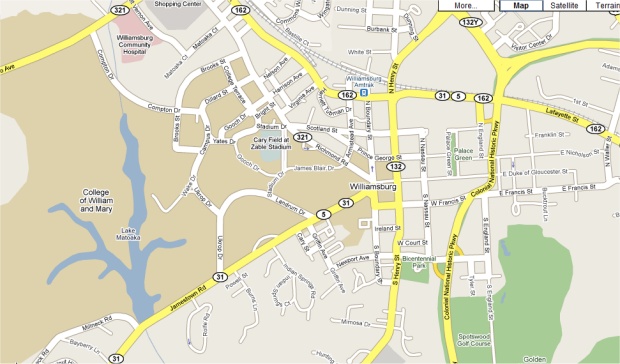
Before the American Revolution and the American Civil War, Williamsburg was designed around the College of William and Mary and Bruton Parish Church by surveyor Theodoric Bland. The main street connecting the college with the Episcopal Church was named Duke of Gloucester for the eldest son of Queen Anne of England.
Like the latter aforementioned wars there was armed confrontation with various Native Americans or outlaws so there was a need for a public magazine to store the community's ordinance as shown in the picture below.
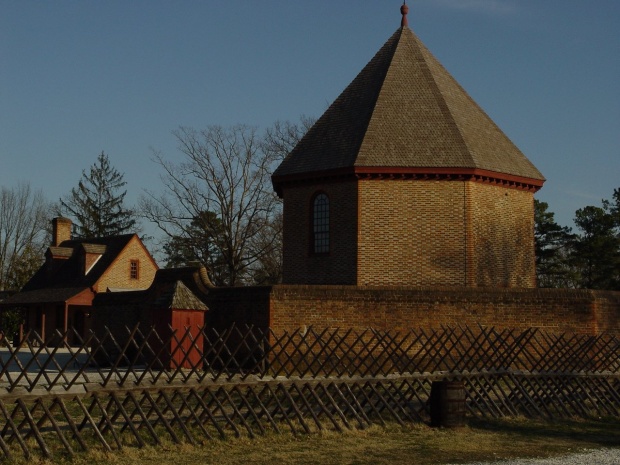
This article is provided courtesy of our sister site:
Better Travelers Now.














 Commonwealth's government was temporarily relocated to Middle Plantation, which would later become the location of the College of William and Mary in 1694, and later the town of Williamsburg would be formed in 1699 here, adjacent to the college, to become the permanent capital after the capitol, located in Jamestown, burned a second time in 1698.
Commonwealth's government was temporarily relocated to Middle Plantation, which would later become the location of the College of William and Mary in 1694, and later the town of Williamsburg would be formed in 1699 here, adjacent to the college, to become the permanent capital after the capitol, located in Jamestown, burned a second time in 1698.
 1926., when the group led by Goodwin and J.D. Rockefeller, hired Arthur Shurcliff as the chief landscape architect and Perry, Shaw & Hepburn as architects. Goodwin and Rockefeller quietly purchased property for 18 months until they let their intentions be publicly known.
1926., when the group led by Goodwin and J.D. Rockefeller, hired Arthur Shurcliff as the chief landscape architect and Perry, Shaw & Hepburn as architects. Goodwin and Rockefeller quietly purchased property for 18 months until they let their intentions be publicly known.














